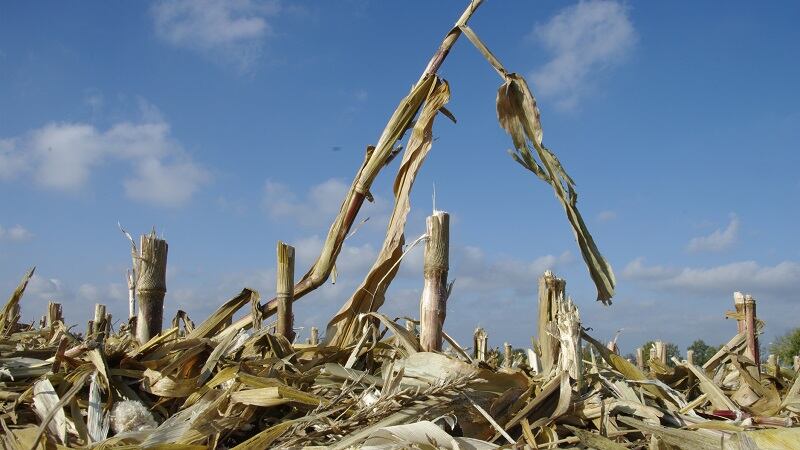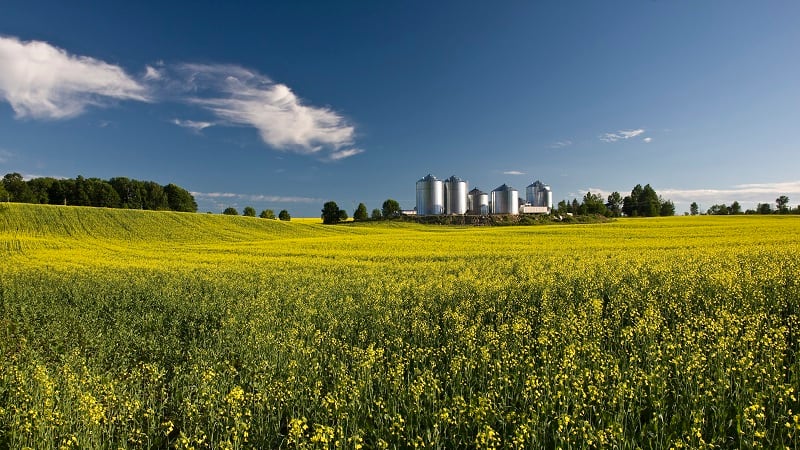As one season ends, planning for the next one begins, as many U.S. farmers start preparing their lands for next year by doing the required field work and carefully deciding what seeds and inputs they will need for a bountiful harvest in 2026.
Ahead of next year, many farmers are performing soil tests to determine the levels of potassium, potash, and other nutrients in the soil, Ron Calhoun, senior manager for plant nutrition at Loveland Products, told AgTechNavigator.
During the less hectic fall season, some farmers will take the opportunity to apply fertiliser, whether it be monoammonium phosphate (MAP), diammonium phosphate (DAP), potash, or a granular fertilizer that combines phosphorus, sulphur, and zinc (MESZ), which restores nutrients to the soil, Calhoun noted.
“The soil actually has to interact with those nutrients in order to make them plant available. So, a lot of times, in the form that they are applied, that is not going to immediately ... be taken up by the plant. The way that those [nutrients] become plant available is by interacting with our soil microbial community, and all of the enzymes and the signaling compounds that are happening in that soil microbial community to make those fertilizers now plant available,” Calhoun elaborated.
Loveland achieves a Titan-sized milestone
Farmers can store even more nutrients in the soil through the use of products like Loveland’s fertiliser biocatalyst Titan XC, which uses biochemistry to improve nutrient uptake, the company shared in a press release. Titan XC is applied to dry fertilizers, like MAP and potash, during the mixing process to ensure “every one of those prills is exposed to some of that biochemistry,” Calhoun explained.
This fall, Loveland Products celebrated a Titan milestone, surpassing 100 million acres treated across North America, the company shared.
“We are trying to kick-start the ability of the soil to break these things down, so they can be available for next year’s crop. By increasing the availability of those nutrients, we can get another 20% of availability from those same dry nutrients in next year’s crop. And what we see from that — a lot of times — is a boost in yield, boost in early season, vigor, [and] rooting,” he elaborated.
From crop inputs to financing: How Loveland is helping farmers
Titan XC is one product in Loveland’s portfolio that can help farmers prepare for next year’s harvest. Earlier this year, Loveland released a higher concentration of its Extract Powered by Accomplish, Extract XC, helping farmers release more nitrogen and sulfur from crop residue, as AgTechNavigator previously reported.
One of Loveland’s guiding product development principles is creating products that can do more for farmers with less, Calhoun noted. For instance, Loveland’s nitrate products that are applied to water-soluble urea fertilisers are limited to ensure that the nutrient is dispersed at the right time, he added.
“The idea being anything that volatilizes you are paying for but you are not getting the benefit of. So, can we slow down that volatilization process for 7, 10, [or] 14 days, giving that urea prill every opportunity to melt down and get into the soil and then have that conversion happen, instead of having that conversion happen on the surface and having that release through ammonia,” Calhoun elaborated.
He added, “We have a lot of products and a lot of technologies. When it gets back to the end of the day, we are always saying, ‘How can we do more with the inputs that we are putting in?”
Nutrien Ag is also helping farmers address issues beyond what crop input or seed is the best to use for next year, Calhoun noted.
“Not every grower is going to be interested in a new product. Some might be interested in help with financing. Some might be interested in help with data management on their farm. ... It is fun for me to be able to work for a company that can come alongside that grower at whatever point of entry — or whatever point of pain — that they need help with,” he added.





